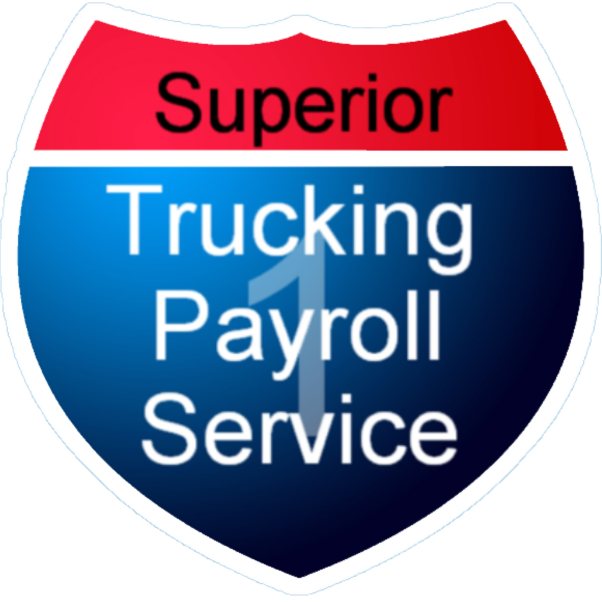If you’ve heard of Superior Trucking Payroll Service, you’ve probably...
Read MoreRunning a trucking company comes with some tough challenges—like handling complicated rules, keeping drivers, and controlling costs. Changing from 1099 to W-2 can be a good choice to keep your company safe from legal issues and give your drivers more stability, which can help them stay longer. But it’s important to know that this change might get noticed by the state and IRS. With the right help, you can make this switch easily, avoid problems, and get the most benefits from it.
As the first and only payroll service in the U.S. that focuses specifically on the trucking industry, we know how important it is to get your payroll right. Our expertise in trucking payroll ensures that we can guide you through this process smoothly, helping you avoid any potential pitfalls while maximizing the benefits of making this switch.

In this article, you’ll learn the key steps to successfully switch from 1099 to W2, how to communicate the change to your drivers, and how to manage the costs involved.
- Can you 1099 and W-2 in the same year?
- What should my company consider if we switch from 1099 to W-2 in the same year?
- How much would it cost my company?
- How do you change the taxes from prior months?
Is it Legal to 1099 and W-2 in the Same Year?
Yes, you can issue a 1099 and a W-2 form in the same year, but be prepared for questions. The IRS might ask why you did this, and your drivers could be confused. That’s why it’s important to explain the change to your drivers so they understand what’s happening.
What Should My Company Consider If We Switch from 1099 to W-2 in the Same Year?
If you switch from 1099 to W-2 in the same year, here are a few things to keep in mind:
-
Communication:
Talk to your drivers and explain the changes. They should understand know what this means for their taxes and what to expect.
-
IRS Notices:
The IRS might send notices asking why you used both forms in the same year. Be ready to explain your decision.
-
Employee Taxes:
If you don’t go back and fix the taxes for the months they were 1099, your drivers may still owe money to the IRS for that time.
How Much Would It Cost My Company to Fix Prior Months?
The cost of fixing taxes for prior months is often less than you might think. Here’s what it involves:
-
FICA Tax:
For example, if a driver earned $10,000 before you made the switch, the self-employment (FICA) tax owed on this wage is 15.3%, or $1,530. Half of this amount should have been deducted from the employee’s pay. You can recover this amount from your driver as an advance. The other half is what your company owes, and you can set up a payment plan to cover it.
-
Per Diem:
Using a Per Diem program is a great way to reduce tax liability for both your company and your drivers. Per Diem payments are non-taxable allowances given to drivers for meals and incidental expenses while they’re on the road, which lowers their taxable income and puts more money in their pockets. For your company, this reduces payroll taxes and can also lower your workers' compensation insurance costs since Per Diem is not considered part of the driver's wages. To learn more about how Per Diem can benefit your business, visit our webpage for a detailed guide.
How Do You Change the Taxes on Prior Months?
The best way to adjust taxes for prior months is to go back and correct each payment date individually. You’ll also need to file amended 941 forms for the affected quarters.
In summary, taking the time to prepare your drivers for the switch from 1099 to W-2 is crucial. Clear communication about what’s happening and how it will affect them is essential. No one likes surprises, especially when it comes to taxes, so making sure everyone is on the same page will help ensure a smooth transition and maintain trust with your team. Additionally, finding a trustworthy payroll service that understands the unique needs of the trucking industry can make this process much easier and ensure everything is handled correctly from start to finish.

Written by Mike Ritzema
Before founding Superior Trucking Payroll Service, Mike was the CFO of a trucking company with 80 trucks and a thriving brokerage. This experience gave him the perspective that a payroll solution has to make the lives of the office people better. All the solutions he has designed are to benefit everyone. Our company mission is to help trucking families and that includes the company owners, the drivers, and the office.
Contact Us!
How Do I Pay Myself If My LLC Is an S-Corp or C-Corp?
How do I pay myself if my LLC is taxed...
Read MoreMarch 2025 Driver Pay Update for Trucking Companies
Are your drivers leaving for better pay? Are you wondering...
Read MoreThe Hidden Payroll Scam Costing Trucking Companies Thousands
Would You Notice If Your Payroll Was Paying Someone Who...
Read More7 Smart Money Moves to Keep Your Trucking Company Profitable
Are you constantly waiting on payments while your bills pile...
Read More